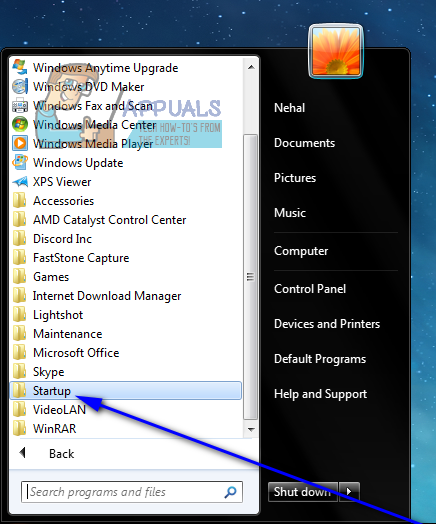

Some software after getting installed automatically start running in the background of your computer. UPDATE 2020: This is the best method to disable startup programs in Windows 8, 8.1 and 10. Disabling startup programs that are massive increases the amount of time your computer takes to boot from a total shutdown which is also known as a Cold Boot. You should add the program to the Startup folder to protect your data transfers from the moment you boot your PC.You need to Disable Startup Programs to increase your laptop or computer’s boot time. VPN program: VPN software lets you use the Internet relatively anonymously.E-mail client: To enable you to check your e-mails right away when you start your computer, it makes sense to add your e-mail program to the Startup folder.If your backup software runs in the background, this is never a problem. However, to make sure of this, you need to back up your system at regular intervals. Backup software: Regular backups ensure that you lose little to no data if your system crashes.If you add your antivirus software to the Startup folder, you avoid the risk of forgetting to start the program and endangering your system. Antivirus software: Programs that protect your computer against viruses, Trojans and other malware can only work properly if they are used all the time.Also, some applications need to run in the background without you using them actively. You can load all the programs you use every time when the system starts. The programs in the Startup folder should be based on your individual requirements. If you know how to access the folder, you can optimisze the Startup programs. The folder contains links to the programs that Windows launches automatically as it boots up. That is why it is important to choose the programs in the Startup folder carefully. The harmful software is launched with the operating system and then runs unnoticed in the background. If there is malware on your PC or laptop, it will more than likely be in the list of Startup programs in Windows 7. Programs that don’t belong in your Startup folder can also add themselves to it. However, as this slows down the boot process, you should only include programs you really use. Instead of launching these programs manually every time, Windows loads the programs immediately on startup.

These can include an e-mail client, your antivirus software or your productivity programs. Besides the applications the system needs to function, the Startup folder also contains some programs the user needs every time anyway. The Startup folder is a function in operating systems (including Windows 7) that launches selected programs when the system is loaded.


 0 kommentar(er)
0 kommentar(er)
